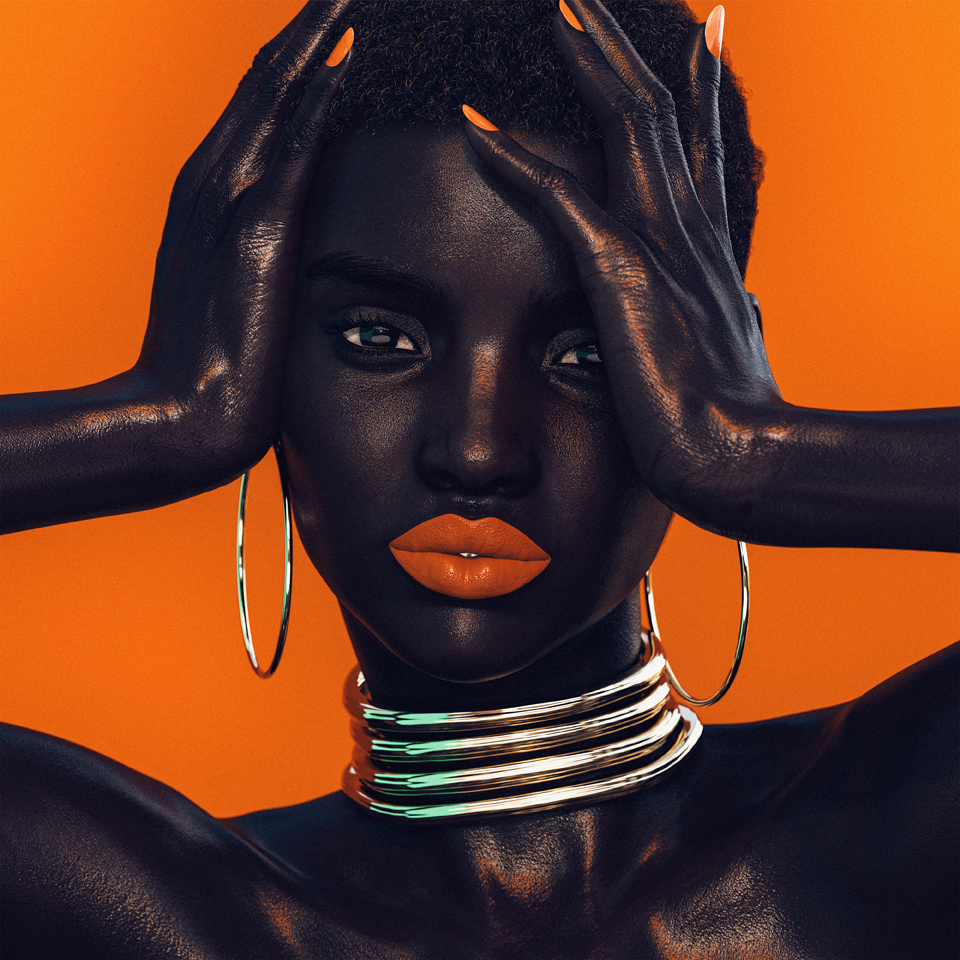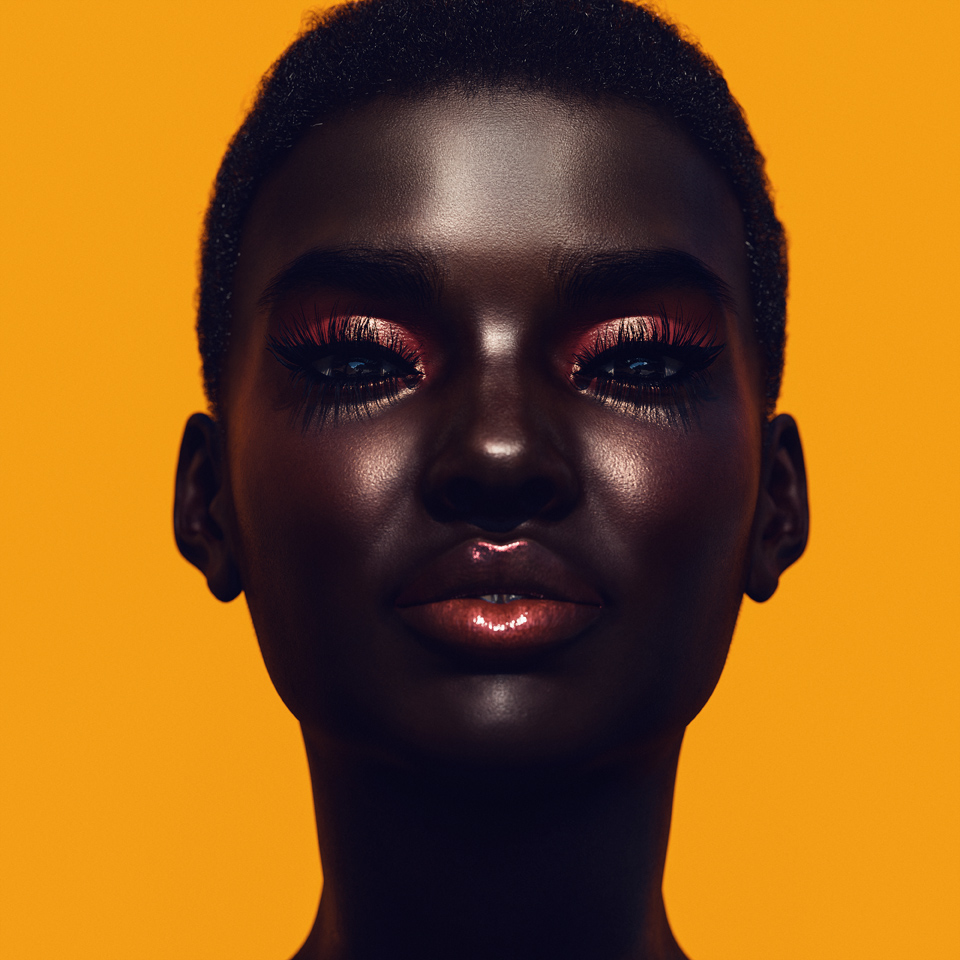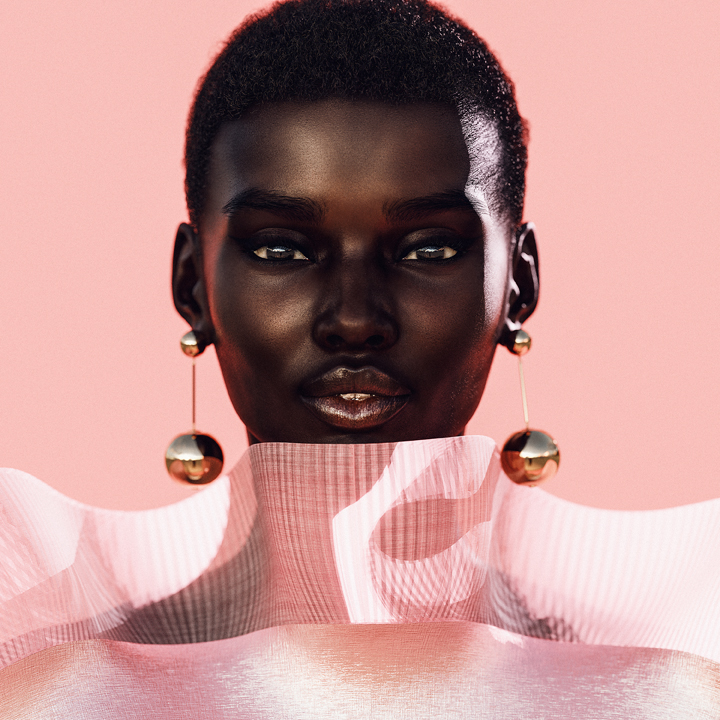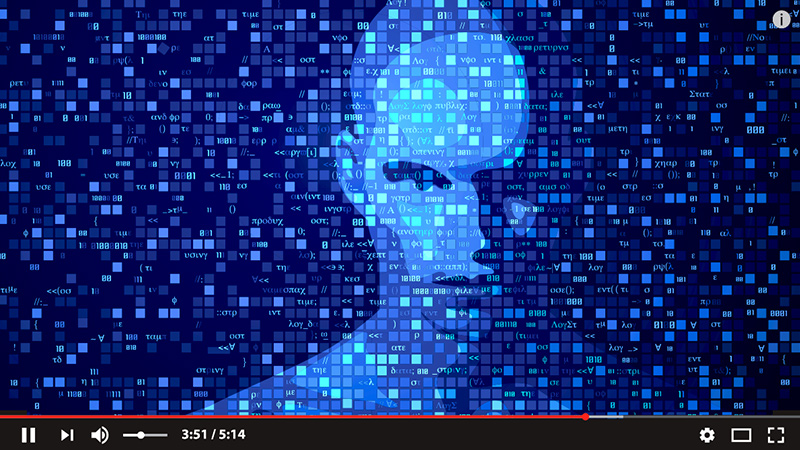Tinker, tailor, soldier, … influencer? Just a few short years ago, the idea that you could make a living — perhaps even a fortune — as an influencer seemed hard to grasp. There’s no career roadmap for the gig. You don’t need a degree or venture capital. And now it turns out you don’t even need to be human.
Infiltrating the ranks of flesh-and-blood influencers like Emma Chamberlain, PewDiePie and CoryxKenshin is a new breed of digital personas. They look human enough, but they’re nothing more than collections of pixels — the offspring of artistic talent and 3D software design programs. They have names like Shudu, Lil Miquela, Koffi, Blawko and Dagny. And they have their own armies of social followers along with brands eager to open their wallets to reach those followers.
“When I first saw them, I thought, oh wow, they look so real,” says Bryan Gold, CEO of Toronto-based #paid, a platform connecting brands with creators. “It hints at the blurring between what’s real and what’s digital.”
But can virtual beings be effective brand ambassadors? Are there advantages to creating a virtual influencer versus hiring a celebrity or supermodel — foibles and all — to promote a brand?
Converting Clout to Cash
Brands spend big bucks hiring Influencers as a way to tap into social media audiences. The highest-paid influencers can make hundreds of thousands of dollars per sponsored post, and millions of dollars year year. YouTube gaming star Dan Middleton (aka DanTDM), for example, reportedly brings in more than $16 million a year.
Virtual influencers too are starting to see traction with brands. With her 1.6 million Instagram followers, Lil Miquela has collaborated with the likes of Samsung and Nike and Prada enlisted the virtual star to promote its fall 2018 collection. Shudu, who has nearly 200,000 Insta followers, has been featured in campaigns with the likes of French luxury fashion house Balmain, and has collaborated with SOULSKY, Fenty and others.
See also: Why AI and 5G make a good team.
“Shudu is bringing in money, but I don’t chase sponsorships,” says her creator, British fashion photographer Cameron-James Wilson. “When brands approach me, I want to make sure it’s appropriate for the vision that I have.”
Perhaps some of Shudu and Lil Miquela’s success is due to the novelty factor of being the first “famous” computer-generated influencers. Both have garnered their share of media attention recently, sharing pages in The New York Times, The New Yorker, Vogue, Vice and Elle.
A (Virtual) Star Is Born
Shudu and Lil Miquela rose to fame along very different paths. Shudu was the result of what Wilson calls a “quarter-life crisis.” Professionally frustrated, he began experimenting with 3D. His tinkering led him to create a hyper-real portrait of a dark-skinned beauty using consumer software tools like Blender and DAZ 3D.




“I put it on Facebook, and a friend took it, posted it to Instagram and it went viral,” Wilson recalls.
Later, Wilson named his progeny Shudu and created an Instagram account for her. Shudu’s feed sparked debate about whether she was real or digital — which Wilson took as high praise for his work. Eventually, in an interview with Harpers Bazaar, he revealed Shudu as the world’s first digital supermodel.
“She’s a model first and an influencer second,” he says.
Freckles and Bangs
With her freckles and bangs, Lil Miquela (aka Miquela Sousa) is the offspring of the somewhat mysterious Brud, a Los Angeles startup that creates “digital character-driven story worlds,” according to its skimpy website. The company doesn’t do interviews but is raking in venture dollars, with a valuation of about $150 million.
Born online, Lil Miquela inherited a backstory as a 19-year-old Brazilian-American model and singer (you’ll find her music on Spotify). Like Shudu, her Instagram posts triggered discussions about whether she was real or CGI. Last year, in a carefully crafted narrative that smacked of an Instagram soap opera, another Brud-created CG influencer outed her as an avatar.
A brief FAQ on Brud’s website includes the question, “Is Miquela real?” The coy response: “As real as Rihanna.”
The Virtual Being Revolution
There’s an explosion of innovation around virtual beings today (the field even has its own summit). Magic Leap has released Mica — an incredibly realistic human AI prototype. Fable is turning out virtual reality experiences like the Emmy-winning “Wolves in the Walls,” featuring a virtual being named Lucy. And just as you were getting used to YouTubers, here come virtual YouTubers or “VTubers” — 3D avatars like Kizuna Ai whose vlogs are scoring corporate deals and drawing large social followings.
So what does the future hold for the likes of Shudu and Lil Miquela? There’s some skepticism in the industry as to just how much social influence they can wield.
“While we believe that they can be effective, there is sure to be some loss in authenticity, especially when the audience realizes that the influencer is not a real person,” says Chris Detert, chief communications officer with Influential in Beverly Hills, California. The company uses data and machine learning to connect brands with audiences.
See also: Why the future of AI needs ethical human judgment.
One prediction is that virtual beings will find a lucrative niche as “digital mascots” for corporations. KFC is already going that route with a younger, hunkier, virtual version of Colonel Sanders showing up in the company’s Instagram feed. In fact, another of Wilson’s virtual models, named Dagny, is featured in a post with the Colonel.
“I think that’s where the virtual influencer market is heading,” Gold says. “I think there’s people at McDonald’s now who are asking, how do we make Ronald McDonald relevant again?”
The World’s First Digital Modeling Agency
For his part, Wilson believes virtual beings will fill gaps in various industries. In fashion, he sees a growing demand for realistic avatars as more designers adopt 3D instead of pen and paper.
“Creating in 3D will speed up design, cut waste and provide ways to display garments for internal marketing use and to show buyers,” says Wilson, who spends up to 40 hours creating an image of a virtual model and even uses machine learning to make their smiles look realistic.
To that end, he’s created The Diigitals (that’s with two “i”s) — the world’s first all-digital modeling agency, representing his growing cadre of virtual models. But he says Shudu will always be special.
“She’s the pioneer so I’ll focus on her,” he says. “What we’ve done has influenced the industry, but I didn’t set out with that in mind. My goal with Shudu is to create beautiful images — not to get clout.”
###
We welcome the re-use, republication, and distribution of "The Network" content. Please credit us with the following information: Used with the permission of http://thenetwork.cisco.com/.




